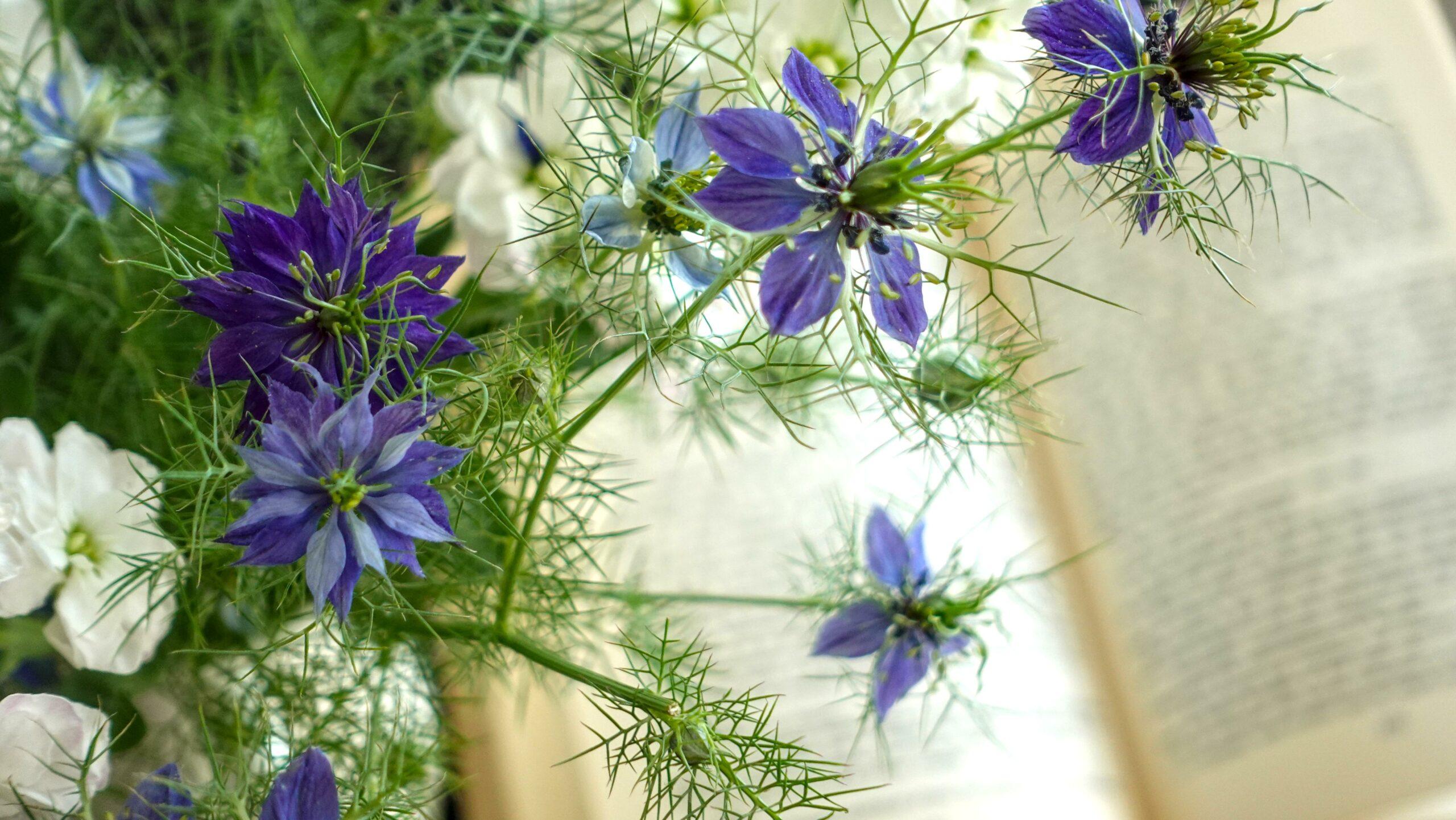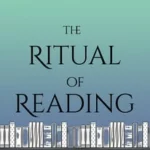The land of the Rising Sun… So many pictures come to mind while saying that. It very often feels like I could never fully understand a civilisation so different than mine. But every once in a while, a book comes along, to help us take a few more steps towards our goal. This time, it was the bestselling novel of James Clavell, Shogun.
The story in one phrase
A detailed story of power and honour in feudal Japan, seen through the eyes of the English sailor, John Blackthorne, while learning to navigate the cultural codes of a sophisticated and foreign society.
Top 3 details
A western view of the far east. When reading historical fiction, the point of view is the most important thing for me. And while Japan has a strong, and thankfully well translated, literary culture, for a European, it is sometimes important to have things explained by a similarly constructed mind. To have an English main character presenting such an extraordinarily different culture from his, has helped me to identify with him, and maybe to immerse myself a little deeper into the story.
A study of feminine status. I am writing this in the spring of 2021, and in my little universe, as well as in the wide world out there, women have fought and obtained many rights we never could have dreamed of. And still, there is so much more to do. We struggle to find the best way of continuing the fight, without losing the feminine values unique to us, thinking they are our weaknesses. In the Shogun, I have discovered a culture that allows women to be samurais, and still keep their power of seduction. Mariko is a paradox of a woman. Perhaps the most valued council to Lord Toranaga, a fierce warrior that makes hard decisions and acts in cold blood and a goddess in the eyes of the one falling in love with her. For the early 17th century, I find this absolutely astounding and can only wish more feminist organisations would open themselves to the philosophy of Mariko.
The value of humility. We learn in school about colonialism, about the Christian missionaries all over the world, and the idea they had that whoever might be out there, in the “wild”, was certainly less evolved than they were, hence the point of spreading the knowledge. James Clavell chose to create a protagonist willing to understand the world he stumbled into. And great miracle ! He becomes aware of the many superior standards of living he finds. While the whole of Europe was living with lice, he discovers the daily bath rituals of Japan. Accustomed to eating meat until his belly bursts, he learns to thrive on little fish and rice, some broth and tea. For some of these habits, it is clearly a question of better living, while for others it is merely a different lifestyle. The key of his power to adapt, is letting go of the superiority complex that Europeans had at the time. Humility was the key to an eye opening experience.
My favourite character
One of the most powerful men in Japan in the spring of the year 1600, Lord Yoshi Toranaga finds himself face to face with a potential pirate, an English sailor and enemy of the catholic priests already on the island. While everything was pointing towards exterminating the foreign menace, Toranaga chooses to learn more about Europe from a different source. It is the first clue the book gives us about the personality of this central character. And he does not disappoint. A true mastermind with an intricate view of power, of honour and duty, he is a never ending lesson in philosophy. I suspect James Clavell was very amused by this particular construction, as he constantly confuses us with regards to Toranaga’s intentions. Up until the end, it is quite difficult to understand if he is a genius or a diabolic tyrant. Not an easy to love, but a memorable character.
Yin/Yang
When you get to the end of the 1140 pages, you live the illusion of being an expert in samurai philosophy, Japanese feudal society and the power wars between the greatest lords of the country. That, for me, is a very Yang novel.
Favourite Quote
“Karma is the beginning of knowledge. Next is patience. Patience is very important. The strong are the patient ones, Anjin-san. Patience means holding back your inclination to the seven emotions: hate, adoration, joy, anxiety, anger, grief, fear. If you don’t give way to the seven, you’re patient, then you’ll soon understand all manner of things and be in harmony with Eternity.”
And since this is such a massive novel, I hope you will allow me a second favourite quote.
“First she studied her husband’s flower arrangement. He had chosen the blossom of a single white wild rose and put a single pearl of water on the green leaf, and set it on red stones. Autumn is coming, he was suggesting with the flower, talking through the flower, do not weep for the time of fall, the time of dying when the earth begins to sleep; enjoy the time of beginning again and experience the glorious cool of the autumn air on this summer evening…soon the tear will vanish and the rose, only the stones will remain — soon you and I will vanish and only the stones will remain.”
Why you should read it
If you are not an expert of Japanese culture and history, this book will open the gates to a fascinating world. If you are one of our Japanese friends, or simply a Japan-savvy, you will love the well-written novel that shows your dear Nippon culture all the respect it deserves.
There are books that make such a strong impression on us, we feel nothing we could say will make them justice. Shogun is one of those novels for me. With its vast storyline, very well drawn characters, and an intrigue worth saving from spoilers, I feel I could never express the place it has in my reading world. So I will end by saying just this : read it, and get back to me !
The Ritual
Reading a book like the Shogun gives me a kind of effervescent enthusiasm towards everything Japan related. But if I learned anything from the book, it is the value of patience. So let’s begin by settling down with a nice cup of tea.
A cup of buckwheat green tea
Japan is famous for its tea ceremony, and most of us have heard of matcha, sencha or genmaicha. But today, I wanted to introduce you to a cousin of the rice-green tea combo, and that is Sobacha Azumino from the famous Lupicia tea brand. Original creation of LUPICIA, this green tea is a balanced blend between a Sencha and roasted soba seeds (or buckwheat) coming from Nagano district in Japan, famous for the quality of its cereals. Visually, the aspect of this infusion is a limpid yellow, with aromas of black corn and mellow green tea. Drinking it transports me to one of those recluded fields of buckwheat, vibrant with rose flowers in bloom. The rain has passed but there is still a fine mist on the horizon. Far away, I can see an old man crossing the fields on his bicycle.
The refinement of Haiku
My mind is now relaxed and my spirit bewitched by the tea geenie.
I go back to the book, and discover something new, as always. Some brief poems here and there along the story, make me want to research the subject a little more.
I have a general understanding of the haiku, as being a brief poem that respects strict rules of form and subject. While researching it, I find out that in reality, some haiku masters have allowed themselves a tweak in form, here and there, and that the rules were not always as rigid as we see them today. At the beginning of the 17th century, it was common to pass time at the Japanese court by hosting poem-tournaments, or simply challenging each other to formulate subtle poems based on trivial events. Such situations are wonderfully described in the book. But what I found to be even more unexpected, was the concept of a death poem; the idea that a samurai, a warrior, had to compose a death poem before committing seppuku, as a last memory of his lifetime on Earth, is surprinsingly refined in my view.
One such example in the book, has become famous. Toranaga has ordered one of his subjects to commit seppuku after a shameful betrayal. Before doing so, he writes :
What are clouds
But an excuse for the sky?
What is life
But an escape from death?
Such clarity of spirit in the last moments of life, a Japanese lesson in subtlety.
One of the favourite subjects of Haiku poetry is the Crane. In Japan, the crane is one of the mystical or holy creatures (just like the dragon and the tortoise) and symbolizes good fortune and longevity because of its fabled life span of a thousand years.
In the new year dawn
solemn and deliberate
tall cranes go marching
-Kikaku
An Origami Ritual
An ancient Japanese legend promises that anyone who folds a thousand origami cranes will be granted a wish by a crane.
To end on a sweet note, I decided my Japanese afternoon is well-deserving of a matcha panna cotta. With only a few ingredients, I can experience a simple and elegant dessert. You can find the full recipe here on the website, at the Recipes menu.
James Clavell’s Shogun has opened a magic box of Japanese miracles for me. Sometimes, a book takes you to another, or to a different type of writing, as I’ve been offered the perfect opportunity to mix poetry with novels, origami with tea, and have the feeling of bringing a small part of Japan into my home.
Until next time, enjoy your reading, and your rituals !
Shopping List
If you would like to support The Ritual of Reading, please consider purchasing your books from the Bookshop.org dedicated site by clicking the link below. You get to support local bookstores and I make a small commission with every purchase. Thank you !






